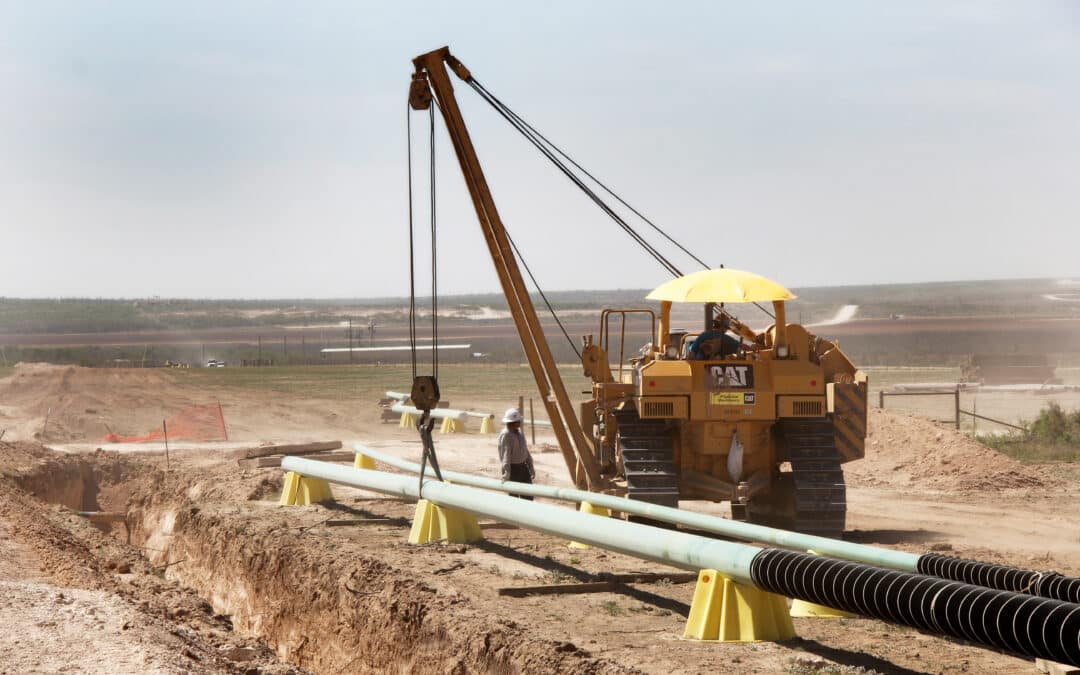In an industry as regulated, scrutinized, and involved as oil & gas, there are few things that can come as a surprise when it comes to engineering mechanical matters. However, for the layperson who is only acquainted with what they hear about oil & gas in the media, the level of detailed operations that make up the industry can be quite astounding.
The world runs off of resources like oil & gas. However, it is important to realize that things weren’t always like this. It has only been in the last 170 years or so that the oil industry we’re familiar with has existed. Prior to this, coal and burning wood were the go-to sources for energy, warmth during the cold months, and cooking. As rudimentary as they were, their effectiveness made them critical for survival.
But as the 19th century moved along & the Industrial Revolution took hold of the world, technology was developing at a rapid pace. What’s more, the need for more efficient energy & fuel sources was crucial to a changing world. It should be of no real surprise that the technology itself was helping spur the rise of new energy sources like oil and the development of game-changers like the light bulb.
In the midst of all of this change were, and continue to be, men and women taking on the engineering and mechanical challenges intrinsic in the oil & gas industry. These include:
Extraction
Pump jacks don’t seem like anything overtly special. Their slow up and down movement almost begs the question, “Are they really doing anything?” As it turns out, pump jacks are the driving force of a reciprocating piston pump that mechanically moves the desired liquid out of the ground. This, however, doesn’t even include the drilling rig & entire preparation process that goes beforehand.
Incorporating Technology
Over the years, available technology in the oil & gas industry has changed quite dramatically. Though the brute force & skilled physical labor of the dedicated crew is always at the heart of things, the rise of computers, artificial intelligence, and sonar are now commonplace.
Processing & Machinery in Oil & Gas
Turning crude materials into usable fuel and energy sources is not easy. Machines required for transportation of these materials are performing uncommon tasks. Everything used must be able to handle a chemical make-up of the extracted raw materials. Also, monitoring of these materials is imperative to the safety & well-being of the crews onsite and the communities at large.
Safety
Roustabout and roughneck work is not for the faint of heart. It requires a level of fearlessness, ruggedness, and sheer will to do well for years at a time. It also requires a keen awareness of everything around the work area. To this end, increased safety protocols at worksites has been a top priority for engineers. Critical failsafes are designed into machinery. Constant monitoring via computers and watchful eyes goes into making sure everything is working the way it should.
Environmental Remediation
It is no secret that the processes of the oil & gas industry aren’t considered to be environmentally sound. For decades, environmental groups have tried to sound the alarm about the irreparable harm caused by these processes. However, these concerns are constantly addressed by engineers on a day-to-day basis. Environmental remediation is an inherent part of how oil & gas companies operate. The goal is always to ensure proper steps are taken to avoid any issues. The key is starting with initial preparation of the site. This then leads to constant monitoring and assessing so as to move forward with as little negative impact as possible. Finally, there are efforts made to ensure environmental quality control AFTER the job is done.
At the end of the day, trusting your engineering mechanical needs starts with finding a firm that can help you meet AND exceed standards. Our team here at CCI Culberson Engineering & Construction has one goal in mind — making sure the job gets done right. Call us today for more information.


Recent Comments